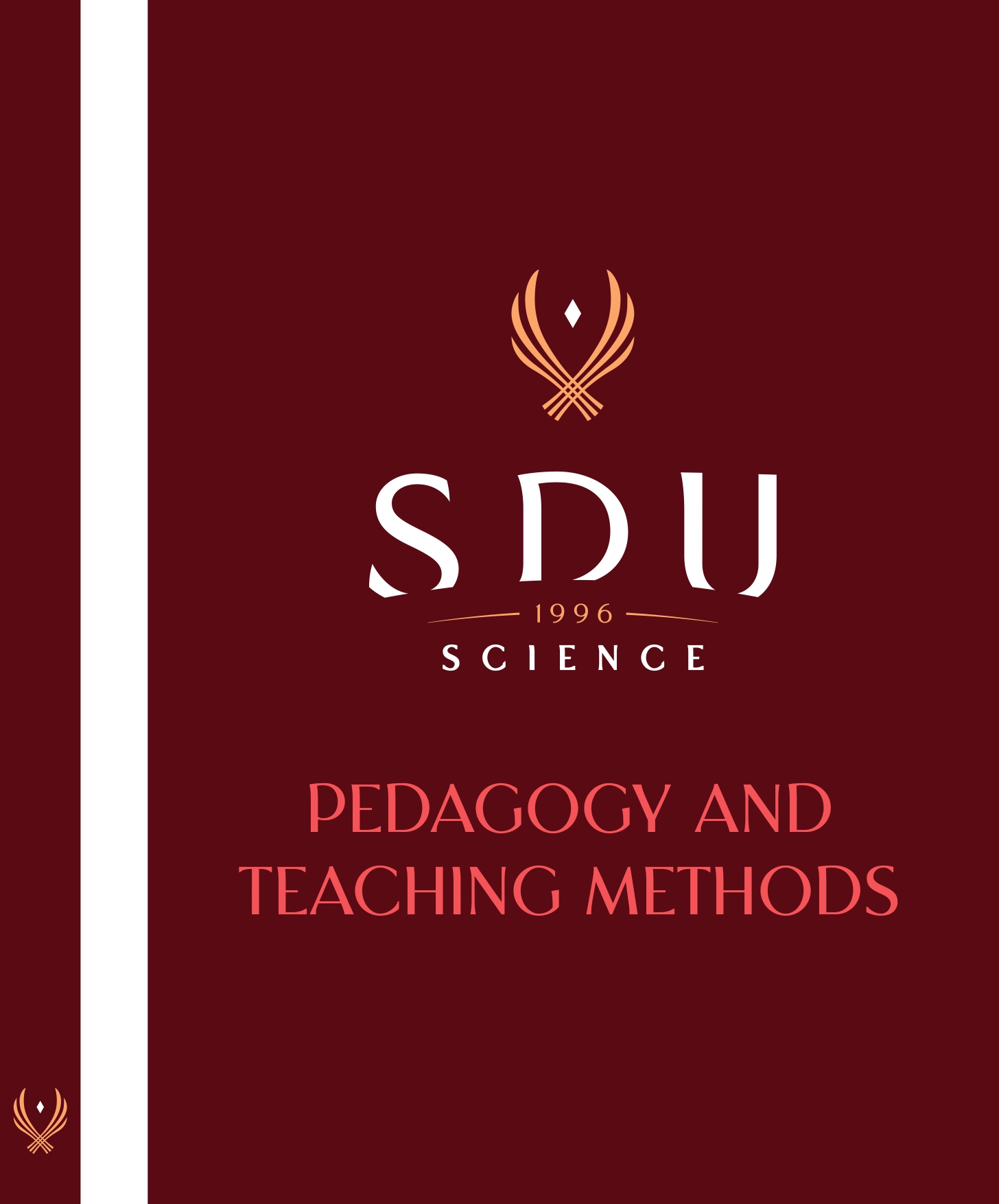FACTORS OF ACADEMIC ACHIEVEMENT AT EMI UNIVERSITY
DOI:
https://doi.org/10.47344/sdu20bulletin.v67i2.147Keywords:
English-medium instruction, higher education, academic achievement, language of instruction, language policyAbstract
This paper reports a mixed-methods study that examined the predictors of academic success among undergraduate students in English-Medium Instruction (EMI) higher education in Kazakhstan. Despite the rapid adoption of English as a medium of instruction, comprehensive research on its impact remains scarce. This study aims to fill this gap by examining whether secondary education in English provides an advantage for academic achievement in EMI university programs. Utilizing a mixed-methods approach, quantitative data were collected through a survey of 97 undergraduate students, and qualitative data were gathered via semi-structured interviews with 7 EMI instructors. The quantitative analysis, conducted using Ordinary Least Squares (OLS) regression, identifies several predictors of academic outcomes, including English proficiency, financial aid status, and year of study. Notably, English proficiency emerged as a significant predictor of higher GPA, while financial aid recipients were less likely to have retakes. This research contributes to the literature on EMI by providing evidence from the Kazakhstani context and offers practical implications for policy and practice, suggesting targeted language preparation programs for students who did not attend EMI secondary schools. Future research should consider broader and more diverse samples to enhance the generalizability of the findings.


